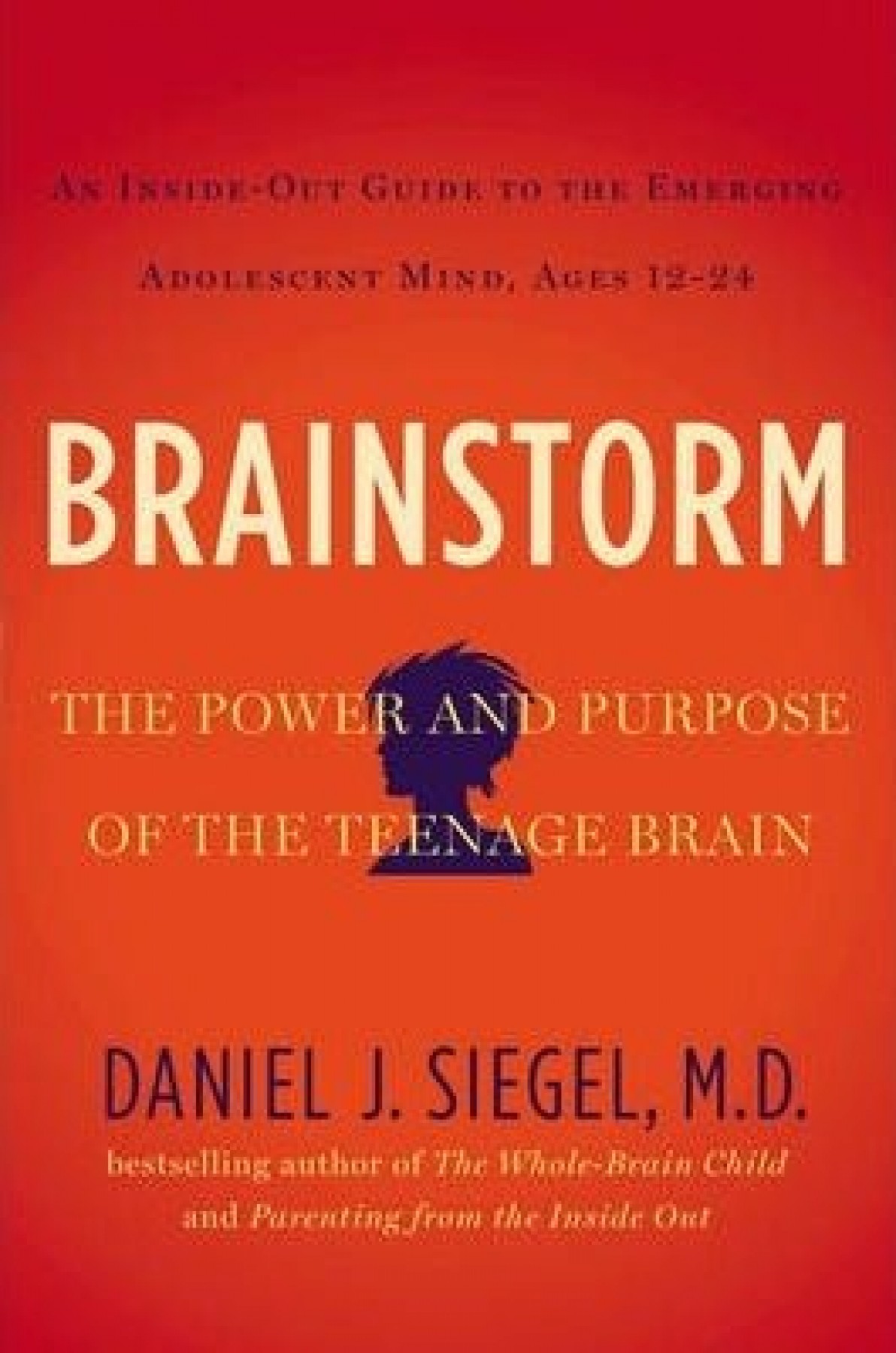“If I had to summarise in one word all of the research on what kind of parenting helps create the best conditions for a child’s and adolescent’s growth and development, it would be the term ‘presence.’” – Daniel Siegel, Brainstorm.
And there it is, a timeless reality, realised and expressed in diverse ways by all cultures through the ages. It’s a no-brainer really – if we are not present for our experiences and for experiences of significant others, then the likelihood of stress, dysfunction, misunderstanding and even serious mental health problems can increase. On the other hand, when we are present for the continuously shifting sands of such experience, we foster self-awareness, increase empathy, and promote an ever-deepening sense of integration.
There are three terms (self-awareness, empathy and integration) that Siegel uses a lot throughout Brainstorm, which seek to help both teens and adults better understand and navigate this intense time of change in the brain. It's a period where the brain is re-organising and seeking to integrate a great deal of development that has unfolded in preceding years.
Given Siegel’s analysis, it's no surprise most teenagers push boundaries in search of novelty. This is part of healthy brain development as young people look to explore their world more widely and to express ideas more creatively. Such exploration will involve some push-back against the rules and some turbulence as the nature of relationships shifts toward a focus on peers and in preparation for leaving the safety of the nest.
If there weren’t this drive (which occurs in other species as well), then what would be the motivation for leaving home, and what asks Siegel, would that mean for the diversity of the human gene pool? And all of this fuelled by an intense emotional spark, which is essentially the spark of life!
Adolescence is a time of immense opportunity, where we, as adults, can support young people to maximise the immense changes occurring in the brain, by being present for these changes in a way that is curious, open, loving and mindful. Yes structure is important, but so too is empowerment.
Siegel reminds us children and young people need to feel safe, seen (but not smothered), soothed, and secure. From that basis, their exploration of the world and what it means to be human can soar. Siegel provides tips for ripening these conditions by providing tools throughout the book. These are essentially mindfulness-based practices ranging from the traditional to the innovative designed to support teens and adults alike.
If I were to have one criticism, Brainstorm attempted to target both teen readers and adults. While I enjoyed it immensely, I wonder how many teens would. I'm approaching middle age and have no idea what a teen would read these days! Maybe Siegel was right on the button? And in his defence, he doesn’t try to come across in a way that a middle-aged man might think teenagers would speak (a grave mistake made by many). Instead he approaches this work with warmth, honesty and authenticity. It's the reflection of a person who is most likely very self-aware, empathic and well-integrated.
Reviewed by Grant Rix, operations manager, Mindful Aotearoa at the Mental Health Foundation
I Need Help Now
Help for you or someone important to you
More

